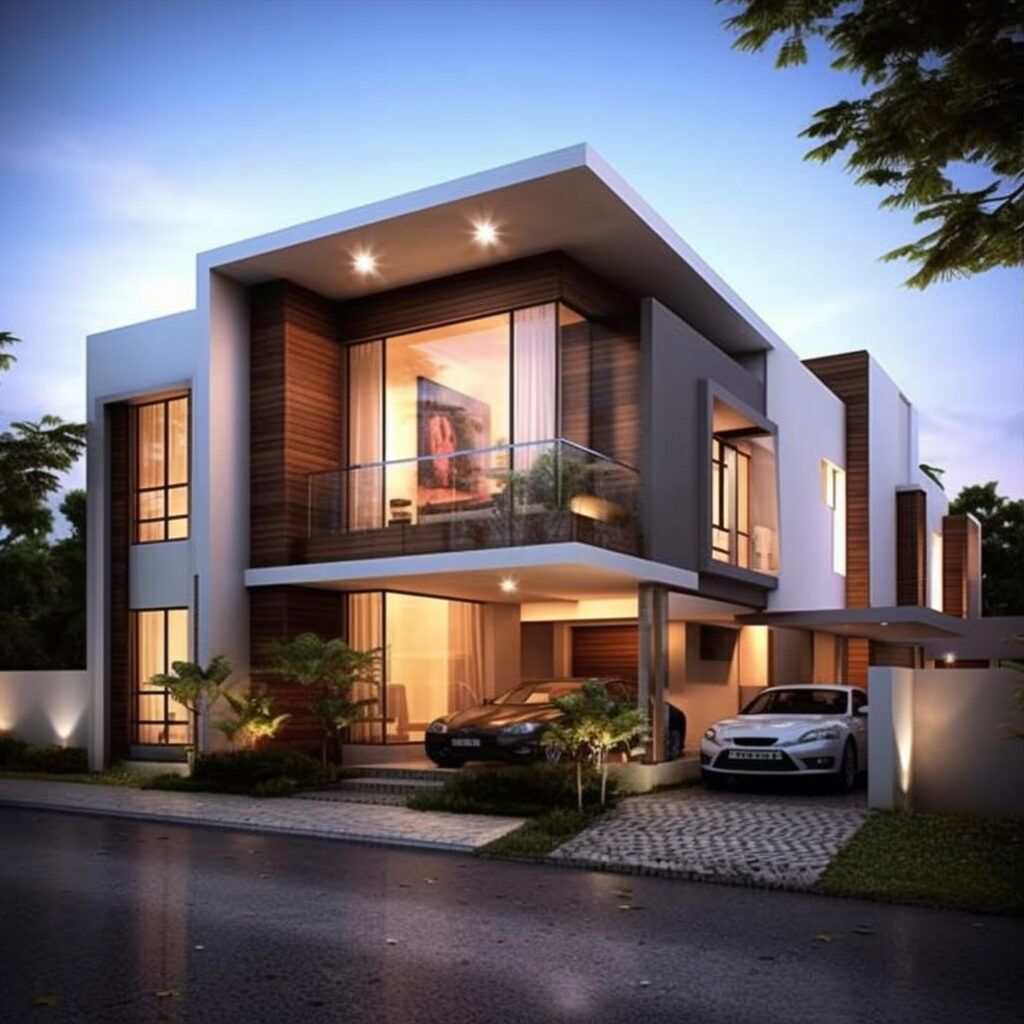Introduction
Architectural presentations are more than just showing off a design; they are about conveying a vision. One of the most effective ways to do this is through 3D architectural rendering. This powerful tool brings designs to life, allowing viewers to see exactly what a finished project will look like. Whether it’s for a client presentation or a competition entry, mastering the art of 3D architectural rendering can set your work apart.
Understanding 3D Architectural Rendering
3D architectural rendering is the process of creating three-dimensional images or animations that showcase architectural designs. This technique is crucial in the field of architectural visualisation, as it helps architects and designers present their concepts in a realistic manner. The use of 3D visualisation transforms sketches and drawings into lifelike representations, making it easier for clients to understand and appreciate the design.
Choosing the Right Software for 3D Architectural Rendering
Selecting the appropriate software is the first step in creating compelling 3D renderings. Popular software options include SketchUp, AutoCAD, Revit, and Blender. Each of these tools offers unique features that cater to different aspects of architectural design service. For example, SketchUp is known for its user-friendly interface, while Revit excels in building information modeling (BIM). The choice of software depends on the specific needs of your project and your familiarity with the tool.
Setting Up Your Model for Rendering
Before diving into the rendering process, it’s essential to have a well-prepared 3D model. This involves importing and optimizing your design to ensure that it’s ready for rendering. Cleaning up the geometry, reducing polygon count, and organising layers can significantly improve rendering efficiency. This step is crucial for both interior design rendering and building rendering, as it lays the foundation for the final output.
Mastering Lighting and Shadows
Lighting plays a pivotal role in 3D architectural rendering. It can transform a flat, lifeless model into a vibrant, dynamic scene. Understanding the basics of lighting, including natural and artificial sources, is key to achieving realistic results. Properly placed lighting can highlight architectural features and create a mood that aligns with the design’s intent. For exterior renderings, natural light can simulate different times of the day, while interior renderings benefit from strategically placed artificial lights.
Applying Materials and Textures
Materials and textures bring a rendering to life by adding realism and depth. Choosing the right materials for surfaces such as walls, floors, and furniture is crucial. High-quality textures can simulate the look and feel of various materials, from wood and stone to glass and metal. In 3D architectural rendering services, attention to detail in the material application can make a significant difference. Ensuring that textures are correctly scaled and aligned enhances the overall realism of the rendering.
Optimizing Camera Angles and Views
The choice of camera angles and views can make or break a rendering. It’s important to select perspectives that best showcase the architectural design. This might involve using wide-angle views to capture the overall layout or close-ups to highlight specific details. Experimenting with different angles can help you find the most compelling compositions. For real estate rendering, showing various viewpoints can provide a comprehensive understanding of the property.
Enhancing with Post-Processing
Post-processing is the final step in the rendering workflow. This involves using software like Adobe Photoshop or Lightroom to refine and enhance the rendered images. Adjusting color balance, contrast, and brightness can make the images more visually appealing. Adding effects such as depth of field or lens flare can also enhance the realism. Post-processing allows for fine-tuning that might not be possible within the rendering software itself.
Integrating Context and Environment
A rendering isn’t complete without a context. Adding surrounding environments, such as landscapes, urban settings, or adjacent buildings, provides a sense of place. This is especially important in architectural visualization, as it shows how the design interacts with its surroundings. Integrating human figures, vehicles, and vegetation can also add scale and liveliness to the scene. For interior design rendering, including furnishings and decor items can create a more inviting and realistic space.
Conclusion: The Power of 3D Architectural Rendering
Creating compelling architectural renderings requires a combination of technical skill and artistic vision. By mastering the elements of lighting, materials, and composition, you can produce stunning visuals that effectively communicate your design concepts. Utilizing 3D architectural rendering services and tools can elevate your presentations, making them more engaging and persuasive. As technology continues to evolve, staying updated with the latest trends and techniques will ensure that your renderings remain cutting-edge and impactful.
Frequently Asked Questions
1. What is 3D architectural rendering?
3D architectural rendering is the process of creating three-dimensional images or animations to showcase architectural designs realistically.
2. Why is lighting important in 3D rendering?
Lighting is crucial because it enhances the realism of the rendering by creating shadows and highlights that mimic natural and artificial light.
3. Which software is best for 3D architectural rendering?
Popular software includes SketchUp, AutoCAD, Revit, and Blender. The best choice depends on your project needs and personal preference.
4. How can post-processing improve renderings?
Post-processing allows for adjustments in color, contrast, and other effects, enhancing the visual appeal and realism of the rendering.
Alex Smith is a content writer at RealRender3D, writing informative articles on 3D rendering, interior design, architecture, and related topics.
With over 15 years of experience at top UK architecture and interior design firms, Alex leverages his expertise to write engaging content educating readers on AEC industry trends and best practices.
Connect with Alex at alex@realrender3d.co.uk.
